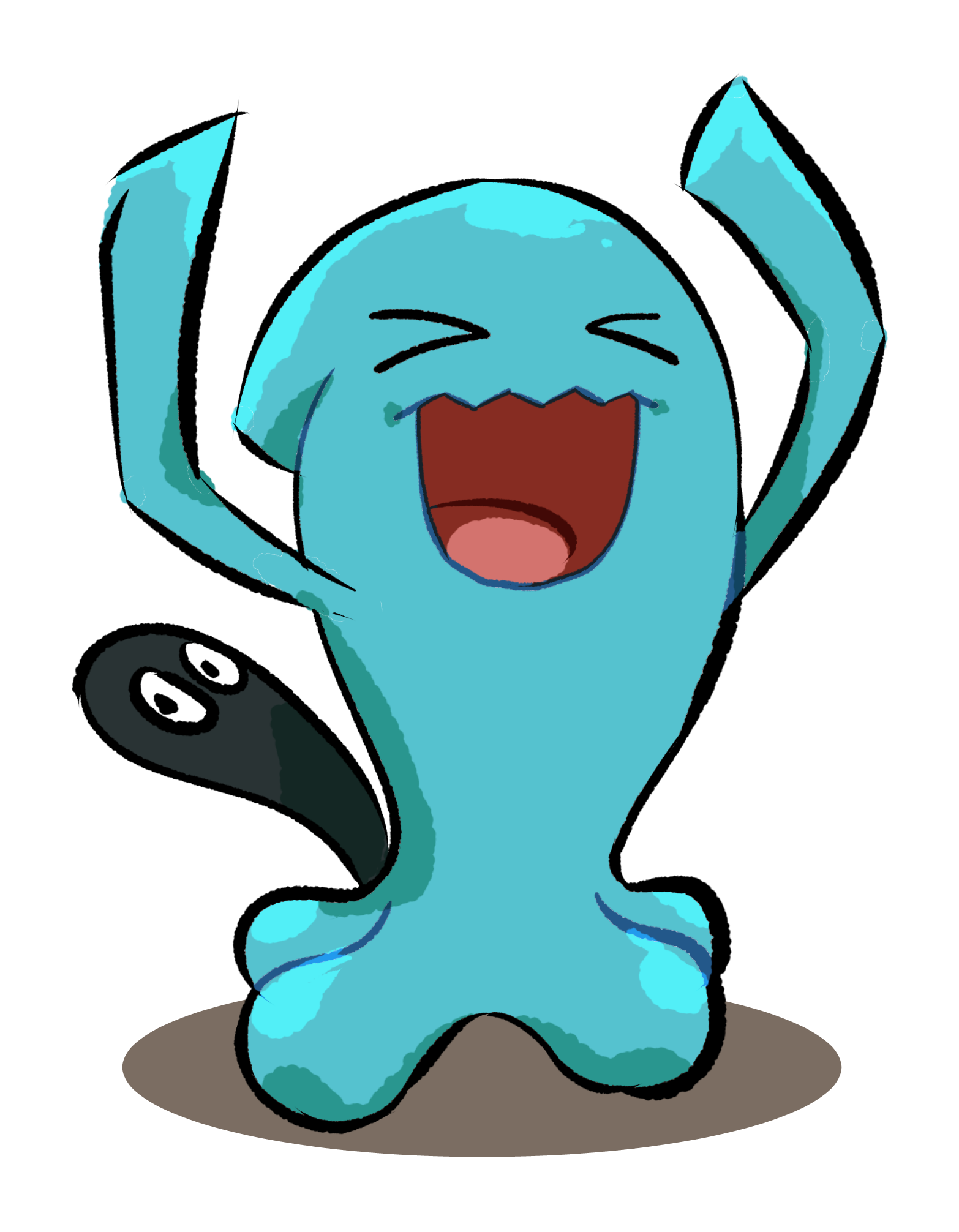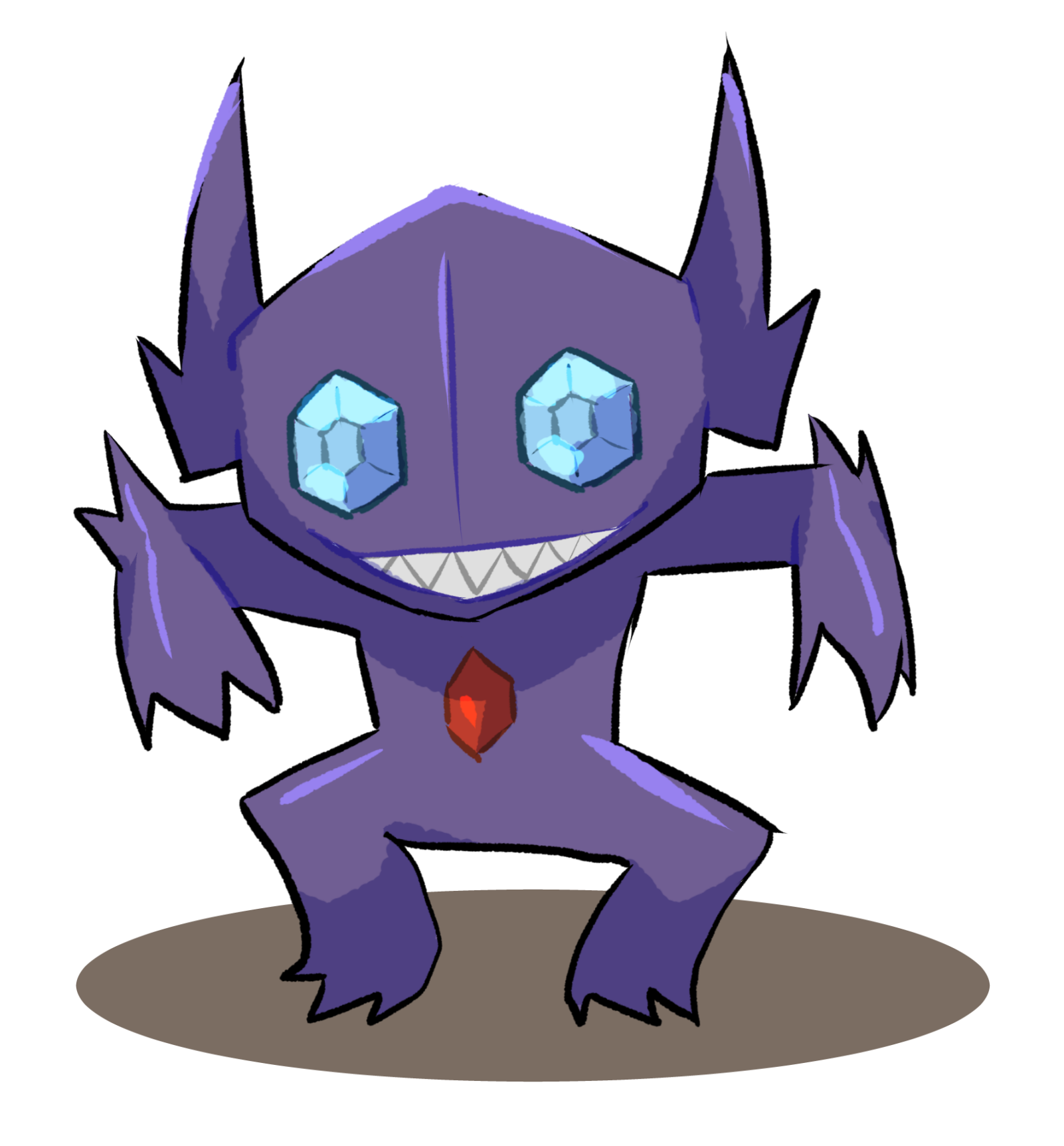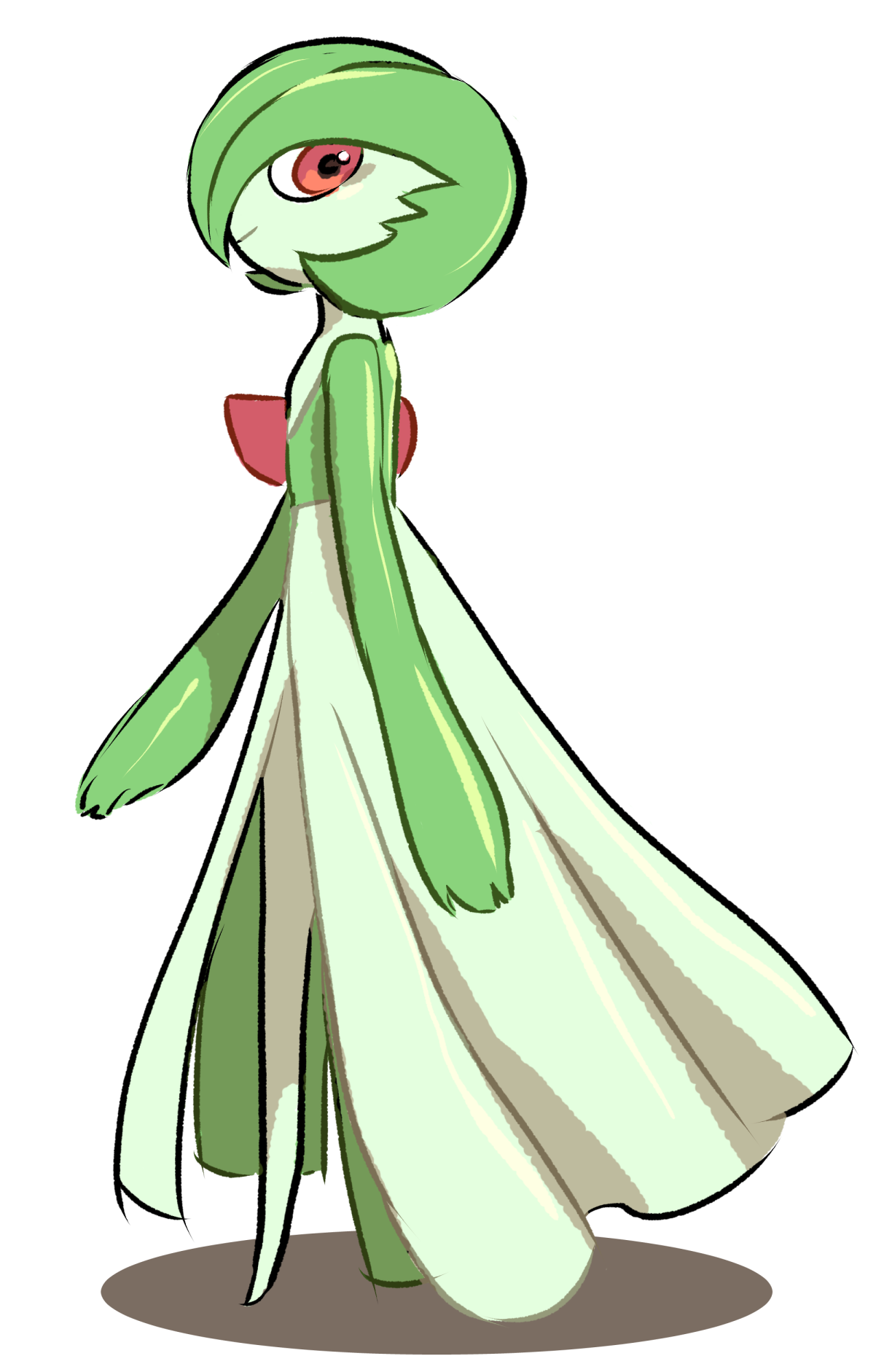
Have you ever spotted people on campus intently focused on digital animals on their phones? Mobile game Pokémon Go launched in early July 2016 and quickly rose to the top of both Google Play and Apple’s App Store. In the game, players (referred to as “trainers”) explore the game world by walking around the real one and catch fantastical creatures (Pokémon, or “Pocket Monsters”).
It became a cultural phenomenon and brought augmented reality (AR) technology into the mainstream, leading to its developer Niantic acquiring a license to develop a similar game centred on the Harry Potter franchise. Other games involved AR, such as Niantic’s previous offering Ingress (which still attracts a dedicated group of participants), but Pokémon Go was the first to become a fad.
However, after the initial crazy heyday the game’s popularity fluctuated wildly, leading to increased attempts to maintain player interest. Over the past year and a half, there have been a variety of in-game events, some coinciding with holidays.
In July 2017, Niantic ventured into the real world with their next event. They hosted a huge Pokémon Go Fest in Chicago and linked global catching rates to the release of a special Legendary Pokémon at the convention. Despite a high level of global participation, the convention itself was a disaster with long lines and overloading of local phone services.
The global release of Legendary Pokémon following it smoothed over a lot of fan frustration, with favourites like Lugia, Articuno, Zapdos, and Moltres being available at “raids” at digital gyms linked to physical locations in real life.
Gyms can be found across campus, such as the Student Life Centre and Modern Language’s Porcellino statue and trainers must join forces in large groups of up to twenty players to defeat and capture these Legendaries.

The Legendary Poké-mon Mewtwo also got released in limited EX raids, but the criteria for invitation to these raids left out many active players and the process was heavily criticized.
In October, Niantic introduced five new Pokémon from the third generation of Pokémon games, set in the land of Hoenn. The five ghosts could also appear in coloured variations called “shinies”, previously a status reserved for the Magikarp and Pikachu families. Further Gen 3 Pokémon arrived in early December, including the Legendary Groudon, and even more at the end of the month. About a third of Gen 3 Pokémon remain to be seen, and their release could be stretched out further.
Can Gen 3 revitalize the game? Hard to say. The second generation’s popularity bump brought it to September 2016 levels, but nowhere near the peaks of the week after release. Although the game has settled to a level of just 2 per cent what it was in July 2016 according to Google Trends, there’s no danger in its disappearance.

Usage is stable even without growth, and raids on the University of Waterloo campus regularly attract large groups of the faithful. The Kitchener-Waterloo-Cambridge-Guelph Discord chat is used to coordinate raids and alert others to rare creatures around the area and boasts a community of almost 4,000 players, though not all are active. If Pokémon Go can maintain such a devoted userbase even in a cold climate like Waterloo’s harsh winter, then the game has a long future ahead of it.































